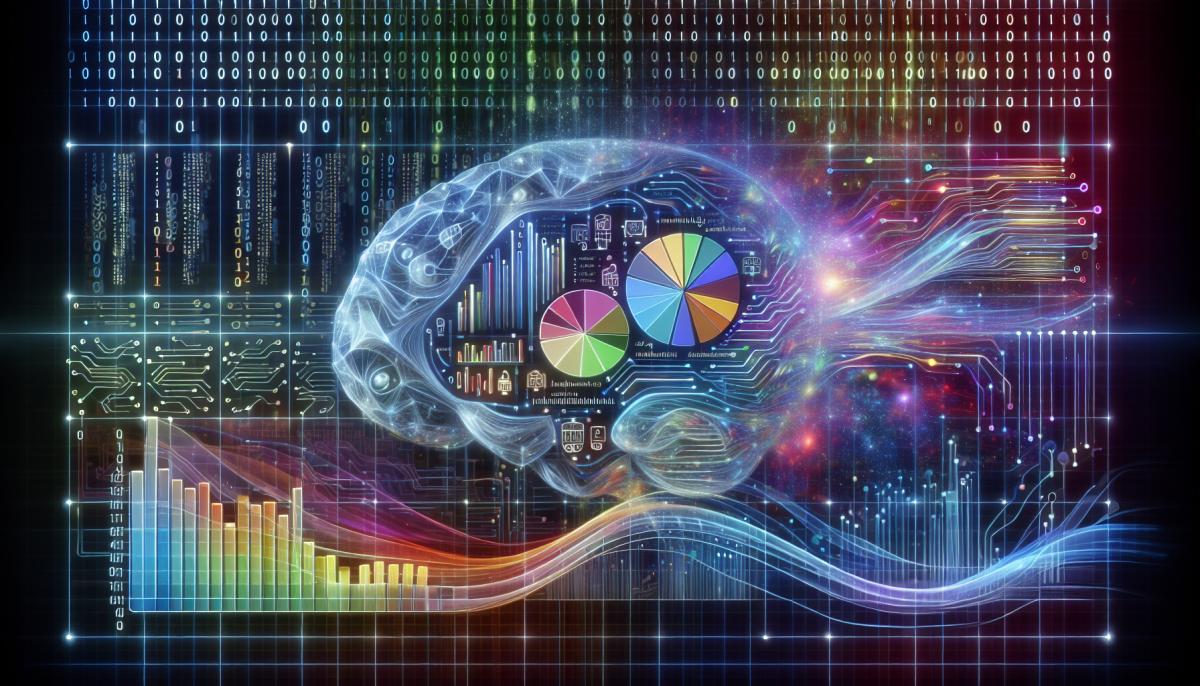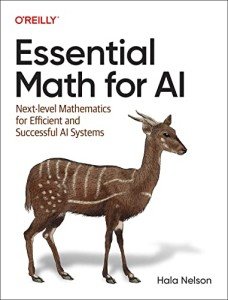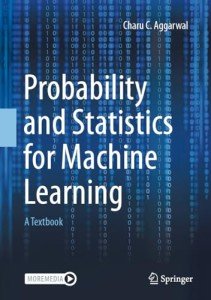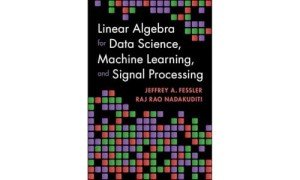Probability is like the magic ingredient in the world of AI. It's all about measuring how likely something is to happen. For instance, if you're using a recommendation system—like the ones on Netflix or Amazon—probabilities help decide which movie or product you might enjoy based on patterns in your behavior and what others with similar tastes liked.
In AI, we often deal with uncertainty. Life is full of surprises, and algorithms need to handle that unpredictability. By applying probabilities, we can estimate the chances of different outcomes. For example, a self-driving car uses probability to assess the likelihood of pedestrians crossing the road or another vehicle merging in front of it. These estimates enable the car to make safe and smart decisions on the fly.
One important concept in probability is the idea of "events." An event could be anything from rolling a die to predicting the weather. In AI, these events are analyzed to learn patterns and trends. By gathering data and calculating the probabilities of various events, AI systems can improve over time, becoming more accurate in their predictions and recommendations.
Understanding probability also helps in evaluating AI models. When we train a model, we want to know how well it performs. By looking at probabilities, we can measure the confidence of our model’s predictions. This helps data scientists and engineers fine-tune their algorithms, ensuring they deliver better results over time.
Key Concepts in Statistics
When diving into statistics, it's like opening a treasure chest of insights. At the heart of this field are a few key concepts that everyone should get familiar with. Let’s break them down so they're easy to understand.
1. Mean, Median, and Mode: These are the three amigos of data summaries! The mean is simply the average of your numbers. Want to find out what’s typical in your data? Add them all up and divide by how many numbers there are. The median is that middle number when you line all your data up in order. It’s great for understanding the 'center' of your data, especially if you have some outliers that might skew the average. Then there’s the mode, which is the number that appears most frequently. Each of these tools gives you a different view of your data landscape.
2. Standard Deviation: This one’s a big player in understanding variability. Standard deviation tells you how spread out your data points are. A low standard deviation means the data points are close to the mean, while a high one indicates they’re more varied. If you want to know if your data is consistent or all over the place, standard deviation is your go-to buddy!
3. Probability: This concept is all about predicting the likelihood of an event happening. It's not just for gambling or games; it plays a crucial role in statistics, especially in fields like AI. The basics of probability involve understanding events, outcomes, and sample spaces. For instance, if you’re flipping a coin, there are two possible outcomes: heads or tails. Each outcome has a 50% chance, so you can start making predictions based on that!
These foundational concepts in statistics aren’t just academic—they're super useful! Whether you're analyzing data for a project or trying to make decisions based on numbers, knowing these key ideas will help you navigate the world of statistics with confidence.
How AI Uses Probability
Artificial intelligence (AI) relies heavily on probability to make sense of uncertain data. At its core, probability helps AI systems predict outcomes based on incomplete information. For example, when you ask a virtual assistant to recommend a restaurant, it considers factors like your previous choices, what other users liked, and even the current weather to suggest places you might enjoy.
One of the key concepts here is something called "Bayesian probability." This approach updates the likelihood of a certain outcome based on new evidence. So, if an AI model sees that you often like Italian cuisine, it will weigh that in its suggestions. As it learns over time, the suggestions get better and more tailored to your tastes.
Another area where probability shines is in decision-making. AI uses algorithms that simulate different scenarios using probabilities. This helps the system understand which option is likely to lead to the best results. Think of it like how a poker player decides whether to bluff or fold based on the odds of winning the hand versus the potential losses.
Lastly, probabilities help AI in recognizing patterns. For instance, in image recognition, an AI doesn’t just look for a single feature; it analyzes a combination of many features and assigns probabilities to the likelihood of each feature being present. This multi-faceted assessment is crucial for getting accuracy in tasks like identifying objects in photos or detecting faces.
Real World Applications of Statistics
Statistics isn't just a bunch of numbers and formulas; it’s all about making sense of the world around us. In the real world, statistics plays a key role in various fields, helping us make informed decisions. For example, businesses use statistical analysis to understand customer behavior. By examining data on purchases, companies can tailor their marketing efforts to match what people actually want.
In healthcare, statistics is crucial. Researchers analyze data from clinical trials to determine if a new drug is effective. They look at the results from a diverse group of participants to ensure that the findings are applicable to a broader population. This way, they can confidently recommend treatments that will help improve patient outcomes.
Sports is another area where statistics shines. From player performance metrics to team strategies, coaches and analysts crunch numbers to gain a competitive edge. Whether it’s tracking how often a player scores or analyzing the success rate of different plays, data helps teams make smarter decisions on and off the field.
Even in your everyday life, you probably use statistics without realizing it! When you check the weather forecast, for instance, those percentages of chance for rain are based on statistical models. They analyze historical weather data, current atmospheric conditions, and more to give you a reliable prediction on whether you need that umbrella.







